Zinnia flowers are like nature’s confetti! They come in dazzling colors, such as pink, red, orange, yellow, and white, and can turn any garden into a lively spectacle. What’s truly fascinating about zinnias is their incredible diversity. From the petite Thumbelina to the majestic Queen Red Lime, these sun-loving blooms will instantly brighten up your landscape.
If you’ve been hesitating to dip your toes into the gardening world, try growing zinnias (named after German botanist Johann Gottfried Zinn). These flowers are resilient and relatively easy to grow, making them perfect for gardeners of all levels.
In this guide, we’ll give you step-by-step instructions on planting, growing, and caring for zinnias. So, grab your gardening gloves, and let’s get digging!
Image credits: Joshua J. Cotten
Zinnia Quick Facts
Scientific Name: Zinnia elegans (most common variety)
Bloom Time: Spring to summer
USDA Hardiness Zones: 2–11
Sunlight: Zinnias need full sun exposure.
Toxicity: Zinnias are not considered toxic. In fact, they’re edible and have a slightly bitter taste.
Are Zinnias Perennials? No, zinnias are annual, so you’ll need to plant new seeds yearly.
How Tall Do Zinnias Grow? Depending on the variety, these flowers can grow 1–4 feet tall.
Different Types of Zinnia
Zinnias can be categorized into three types based on their arrangement of petals:
- Single zinnias have a single row of petals surrounding a visible center, creating a striking focal point.
- Semi-double zinnias have numerous rows of petals, much like their double counterparts, but their centers are visible.
- Double zinnias have numerous rows of petals, so lush and voluminous that you can hardly see the center.
Image credits: Julie Blake Edison, Kostiantyn Vierkieiev and Hans
Most Popular Zinnia Cultivars
Zinnia elegans has numerous cultivars that can grow from 1–4 inches tall. These are the five most common cultivars that you can grow:
California Giants
Image credits: The Diggers Club
These towering beauties have semi-double petals and can reach heights up to four feet or more. They look very much like dahlias and will create a dramatic impact in your garden or floral arrangement.
Thumbelina
Image credits: Nadiye Odabaşı
As the name suggests, Thumbelina is a dwarf variety that stands just a few inches tall. Despite their petite stature, Thumbelina blooms pack a punch with their vibrant colors. This is the perfect variety if you’re looking to grow zinnias in pots or containers.
Queen Lime
Image credits: MrGajowy3
Queen Lime zinnias have a subtle lime-green hue accented with hints of pink or yellow. These blooms are doubles or semi-doubles and can grow up to 40 inches.
State Fair
Image credits: Hans
State Fair zinnia flowers have large, fully double blooms in colors ranging from rich reds to sunny yellows and everything in between. This cultivar will add a kaleidoscope of beauty to your garden.
Zahara
Image credits: marisolsauer
This is a disease-resistant cultivar, most suitable for new gardeners. It can easily grow in a garden bed or indoor containers.
Where, When, and How to Plant Zinnia Seeds
Zinnias are easy to grow. However, you must pick the right time and spot to grow these elegant flowers. To start your zinnia plant in the best conditions, carefully consider where, how, and when to plant zinnia seeds.
Zinnias need full sun. So, choose a location that receives a minimum of 6 to 8 hours of sunlight daily. It can be a flower bed, a sunny border, or even a container on your patio—zinnias need the warmth and energy from the sun to unleash their full splendor.
Zinnias grow rapidly and can go from seed to flower within two months (depending on the soil condition). So, the best time to plant zinnias is just at the start of the flowering season, i.e., early spring. This is the perfect time when the weather is warm and the frost has melted. The flowers will appear in peak summer and continue to bloom for up to two months, depending on the cultivar.
Pro Tip: Stagger the planting every 2–3 weeks. This way, you’ll be able to enjoy a prolonged blooming period.
Image credits: Jeana Bala
How to Plant Zinnias
Here’s an easy step-by-step guide on how to plant zinnia seeds in the garden.
Direct Sowing
Zinnias are resilient and can be directly sown into the garden. For direct sowing:
1. Wait until the soil has warmed to around 60°F (15°C) or more.
2. Dig small furrows in the soil, about half an inch deep.
3. Place the zinnia seeds in the holes, following the spacing recommendations for the specific variety.
4. Cover the seeds with soil and water thoroughly.
Transplanting
You can also get a head start by growing them indoors and transplanting the seedlings. For transplanting:
1. Start zinnia seeds indoors 4–6 weeks before spring.
2. Use seed-starting trays or pots filled with a well-draining seed-starting mix.
3. Plant seeds about a quarter inch deep.
4. Keep the soil consistently moist until seedlings emerge.
5. Transplant seedlings into the garden at the start of spring.
Keep proper 12–18 inches spacing between each seedling to allow air circulation and prevent overcrowding.
Note: Zinnias grow better in garden beds than in flowerpots.
Image credits: Hans
Caring for Zinnias
Zinnias are usually trouble-free plants. However, with a little bit of TLC, you will be able to enjoy healthy blooms throughout the summer.
Light
The more—the better. These sun-loving plants grow best in full sunlight. The more sunlight it gets, the healthier the flowers will be. If you are growing zinnias in pots, make sure to place them near a sun-facing window, in a sunroom, or on a deck.
RELATED: 21 Low-Light Indoor Plants That Give Beautiful Results With Low Effort
Soil
Zinnias thrive in neutral to slightly acidic soil. Add organic matter, such as compost, to enrich it with nutrients. Choose a well-draining potting mix for potted zinnias to prevent waterlogging. Before planting, ensure the soil is loose and airy.
RELATED: Air Plants Require No Soil: Full Care and Design Guide
Water
Overwatering is the main culprit of root rot, which can lead to wilting or yellowing leaves. Water daily after you’ve planted the seeds. Once the seedlings appear, water no more than three times a week. If you are starting zinnias in a seed tray, spray the soil with water daily. When the flowers appear, make sure to water only the soil and never the foliage.
Temperature and Humidity
Zinnia elegans aren’t a fan of the cold. Plant them when the weather has warmed up to 60°F (15°C) or more. Zinnias like the summer heat and display their best colors when temperatures rise. Humidity isn’t a major concern for zinnias.
Fertilizer
A little bit of fertilizer can enhance their bloom power. Feed your zinnias with a balanced fertilizer twice in their blooming season. You can choose a granular fertilizer and sprinkle it around the base or opt for a water-soluble fertilizer for a quick nutrient boost during watering.
Maintaining Zinnia Plant
Pruning
Zinnias don’t require pruning, apart from occasionally cutting back young plants to ensure bushier growth. Harvesting is the natural way to prune the plant. They are also very generous with their blooms—the more you pick, the more they grow. That’s what makes zinnias an excellent choice for flower arrangements.
Potting and Repotting
If you are cultivating zinnias in pots, proper potting is essential for their well-being. Select a large container with drainage holes to prevent waterlogging. Don’t add more than three seeds or seedlings per pot, as these plants need room to grow. Container-grown zinnias will need daily watering during hot weather.
Repotting and overwintering aren’t necessary, as zinnias are annual plants that don’t last beyond one growing season.
Pro Tip: Don’t cut down the zinnia plant in the winter. Allow some zinnia flowers to mature and produce seeds. They may self-sow and grow new plants in the next season.
Propagating Zinnia
Division
Choose mature plants that have been growing the longest. Use a shovel or garden fork to lift the entire clump from the soil. Divide the clump into smaller sections of roots and shoots.
This new section is ready to be transplanted. Dig a hole slightly bigger than the root ball and place the divided sections in the desired location. Water thoroughly to help them settle into their new homes.
Seeding
Allow some zinnia flowers to mature and produce seeds (or buy seeds online). Plant the seeds directly into the garden bed at the start of spring. Make sure they are no more than half an inch deep and are spaced at least six inches apart. Taller varieties will need more spacing.
If you are starting zinnias indoors in seed trays, you’ll need to give them a little more attention. Cover the seed tray with a plastic bag to create a greenhouse, and mist the soil frequently to keep it moist.
Cuttings
Select healthy zinnia plants and cut 4–6 inch stems (non-flowering) from the tips of the stems. Remove leaves from the bottom half and place them in a vase filled with cold water. When roots start appearing, transplant them into the soil.
You can also plant the cuttings directly in the soil. Make sure to dip them in a rooting hormone first.
Common Diseases and Problems
Zinnias are generally resilient and low-maintenance. However, they do encounter a few problems that may hinder their growth.
One of the most common issues affecting zinnias is powdery mildew. This fungal infection appears as a white, powdery substance on the leaves, affecting their overall health. Powdery mildew can be prevented with proper air circulation. Space plants adequately and water at the base to keep foliage dry.
Botrytis blight, or gray mold, is another fungal disease that can affect zinnias. It leads to brown spots on leaves and flowers. Browning can also be caused by bacterial wilt, a soil-borne disease that can affect zinnias. Avoid planting zinnias in the same soil where diseased plants grew previously.
Wilting, yellowing leaves, and stunted growth indicate root rot, which is caused due to excessive moisture. To prevent root rot, avoid overwatering.
Did You Know? Zinnias not only attract beautiful pollinators and birds but are also a magnet for deer and rabbits. They love to chew on its leaves and flowers. Use a fence or deer-repellent devices to deter these animals. Planting deer-resistant varieties can also help.
Companion Plants
Turn your garden into a riot of colors with these companion plants:
Lavender (Lavandula)
Image credits: Baraa Jalahej
RELATED: How to Grow, Use, And Care For A Lavender Plant
Marigold (Tagetes)
Image credits: sarangib
Dianthus (Dianthus spp.)
Image credits: manfredrichter
RELATED: Learn To Grow And Maintain Your Own Dianthus Plant At Your Home
Lantana (Lantana camara)
Image credits: BeckerBuben
RELATED: Lantana Flowers: A Complete Guide to Growth and Care
Sunflowers (Helianthus)
Image credits: Bonnie Kittle
Blooms on a Budget
These vibrant wonders are more than just eye candy for your garden. Zinnias symbolize affection and remembrance. They’re a celebration of life in full color! So, whether you’re dreaming of a small cottage garden or a modern lawn bursting with energy, zinnias are your go-to plants for a pop of personality. They are budget-friendly as well, as they require minimal care. Go ahead and plant zinnias—you won’t be disappointed.
Do you have any tips on caring for zinnias? Share them with us in the comments.
FAQs
Do Zinnias Come Back Every Year?
Zinnias are annuals, meaning they complete their life cycle within one growing season. However, some zinnia varieties, like Zinnia grandiflora, are perennials. These varieties can come back each year in warmer climates. In colder climates, however, zinnias need to be replanted every spring.
How Do I Keep Zinnias Short and Bushy?
Pinch back their tips at the start of the growing season. This encourages branching, resulting in compact and bushy growth. Consider staking taller zinnia varieties to prevent them from flopping over. This will help maintain a more upright and bushy appearance.
How Do I Keep Zinnias Blooming All Summer?
Staggered planting is the best way to enjoy zinnia blooms all summer. Regularly prune faded or spent flowers to encourage continuous blooming. Mulching is another way to create optimum blooming conditions. Apply a layer of mulch around the base of zinnia plants to retain soil moisture, suppress weeds, and regulate soil temperature.
READ NEXT:
Handy Tips to Grow Bird of Paradise Plants With Ease
How To Grow And Care For Texas Bluebonnet Flower
Snake Plant Care Guide & Tips For A Thriving Plant
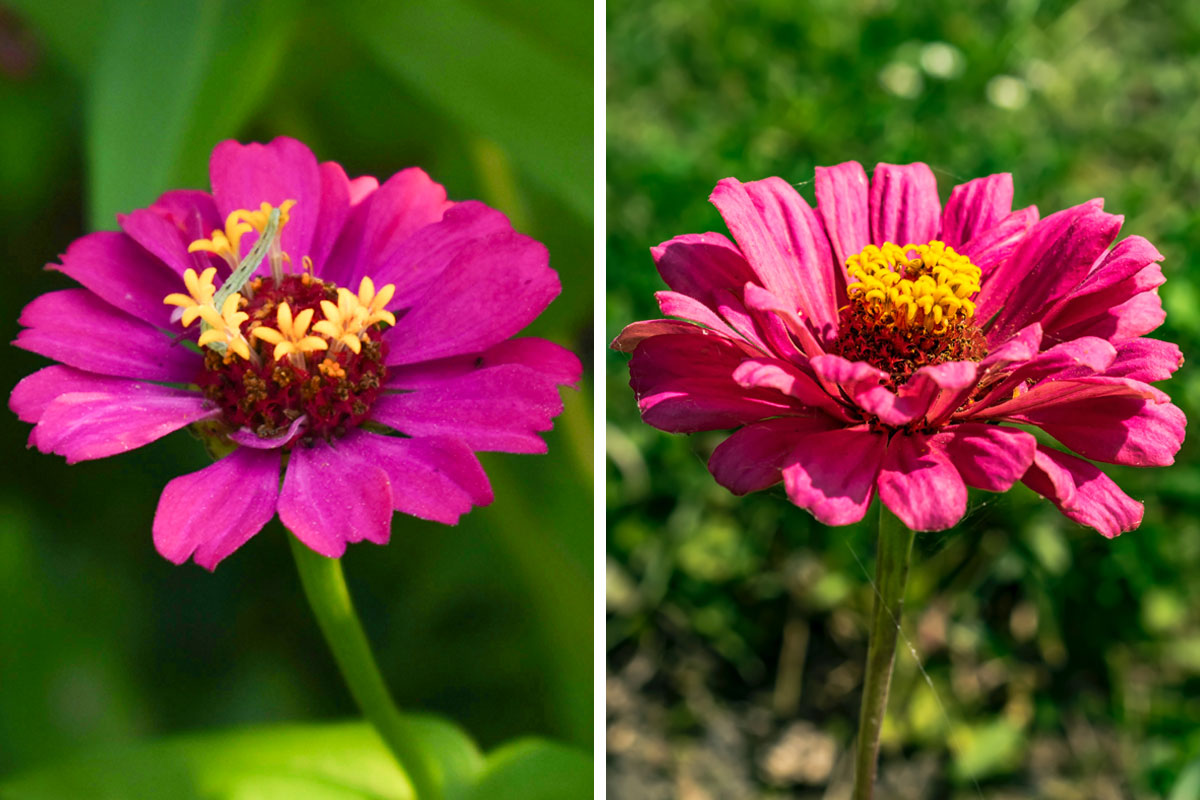
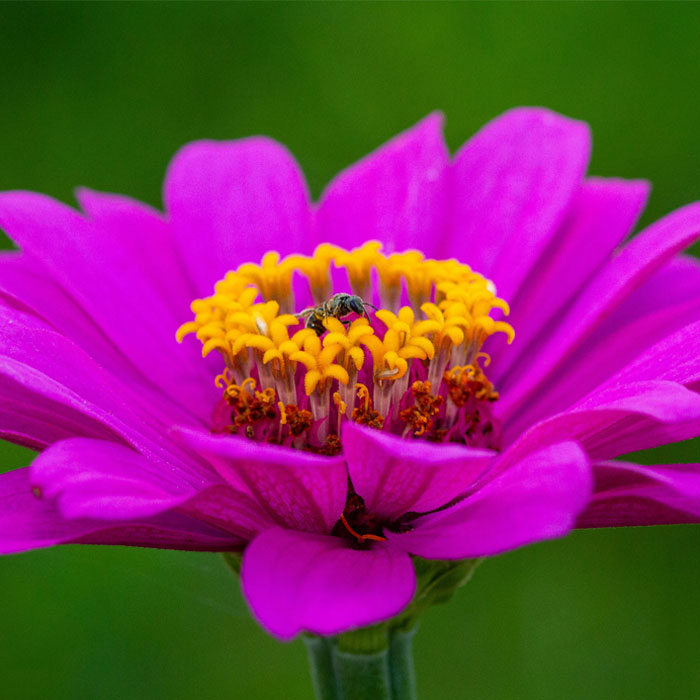
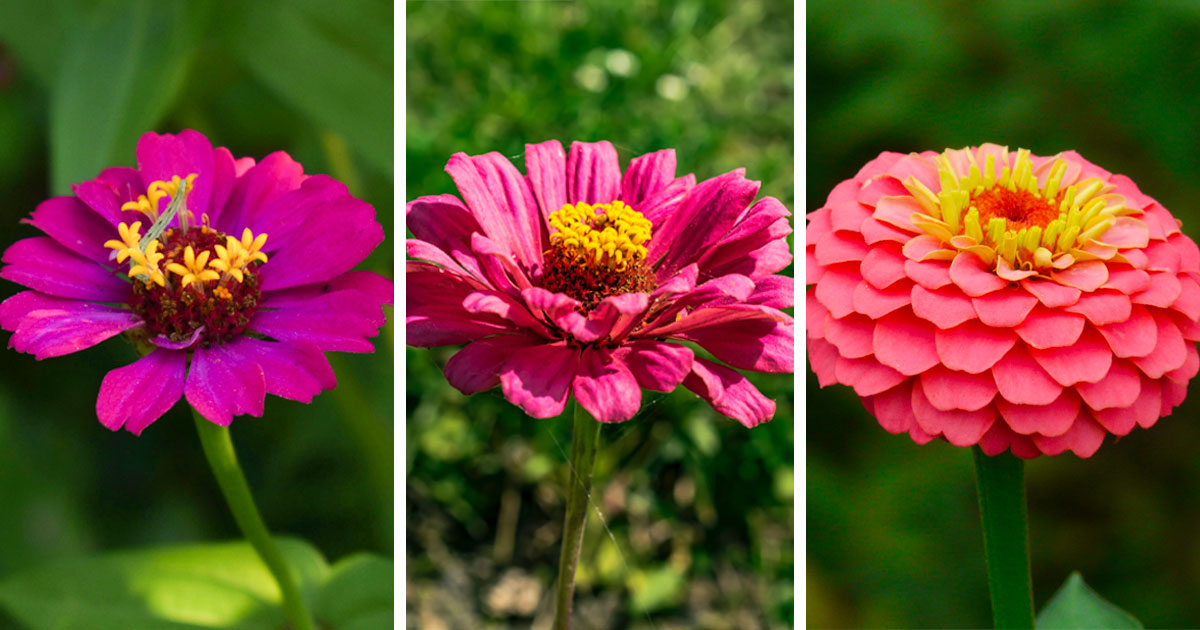
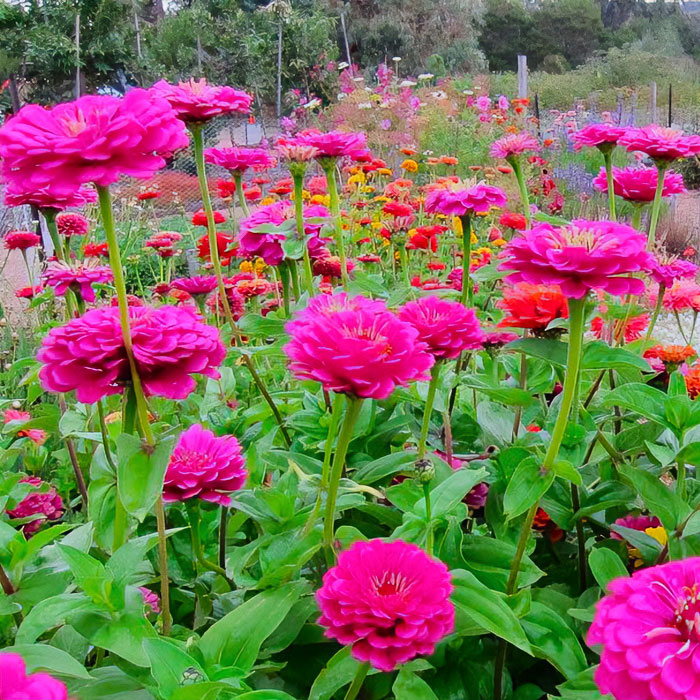
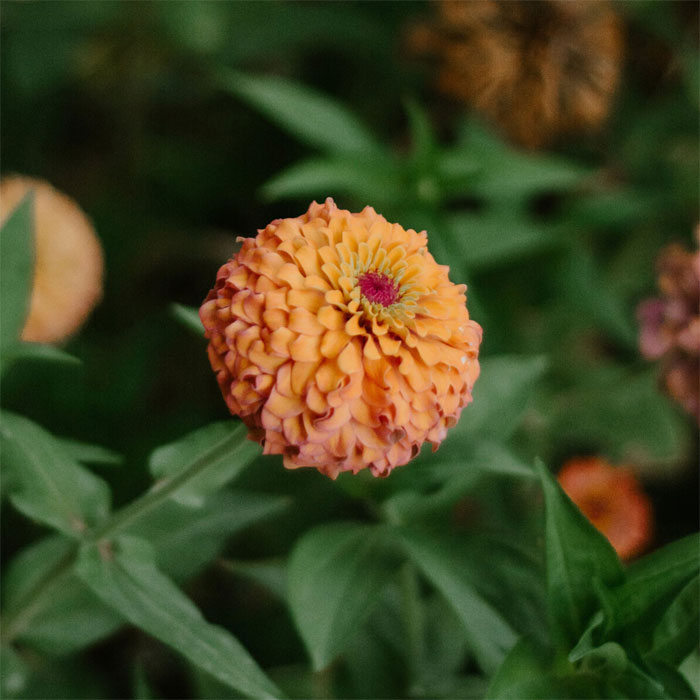
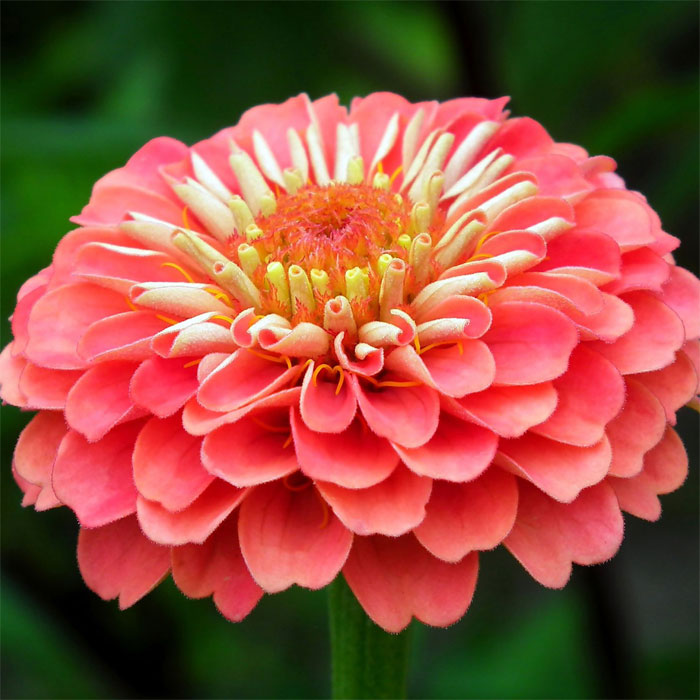
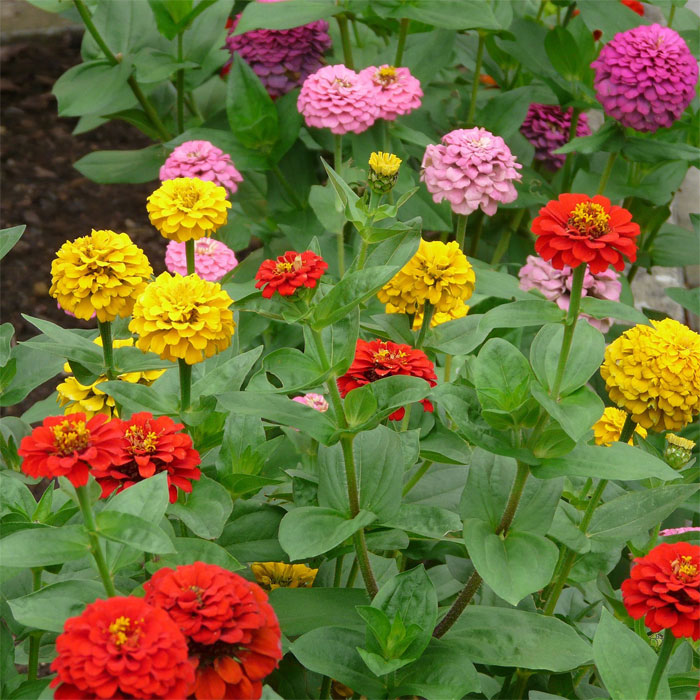
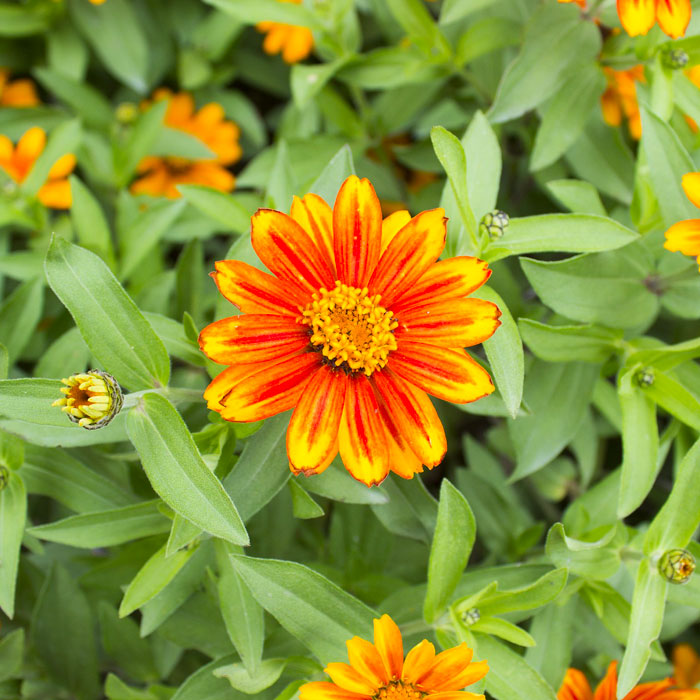
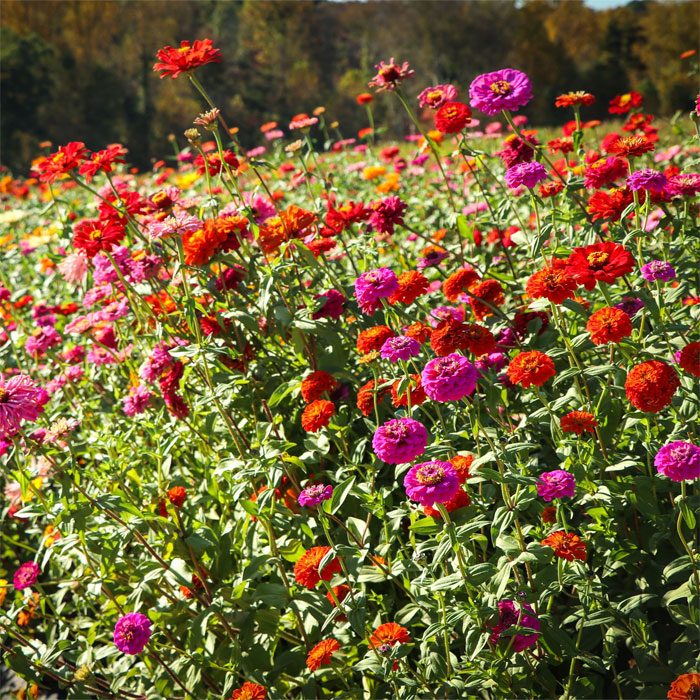









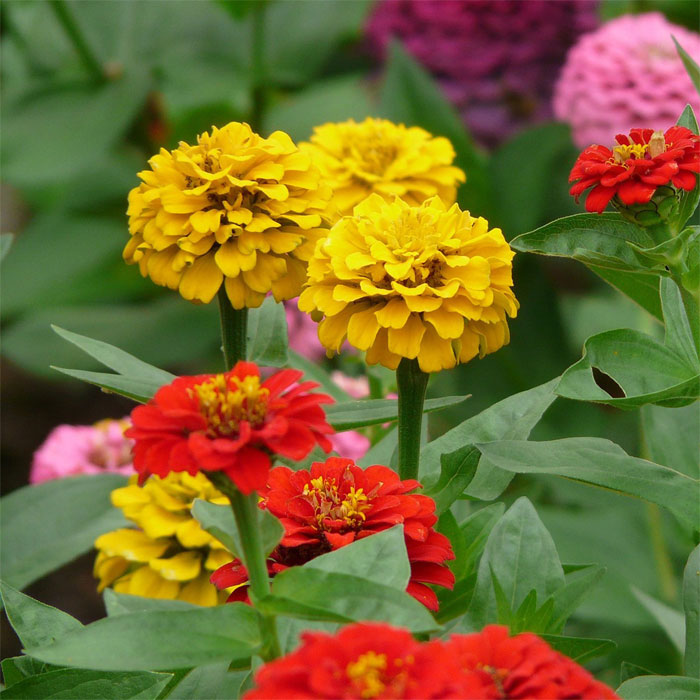
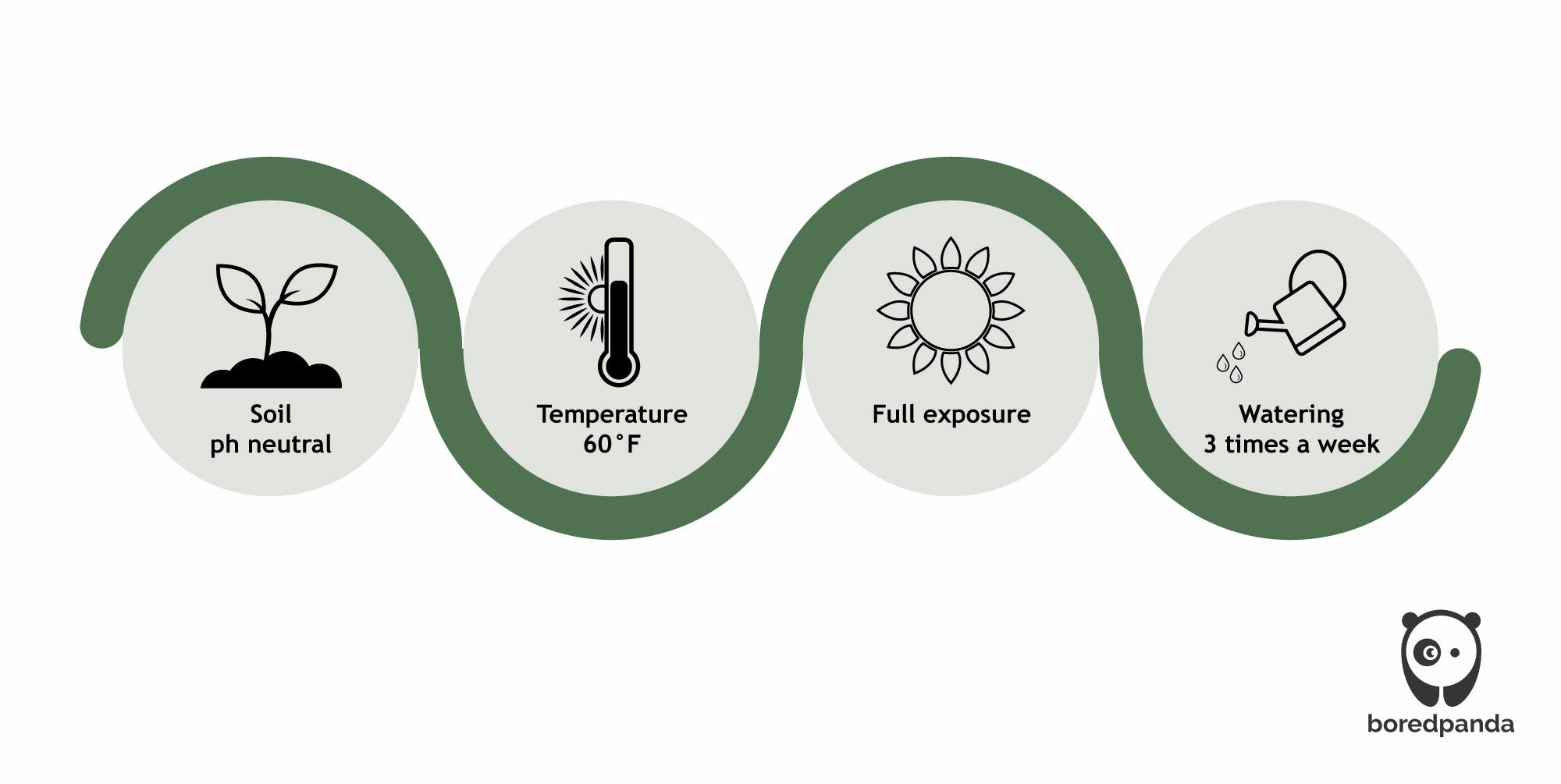





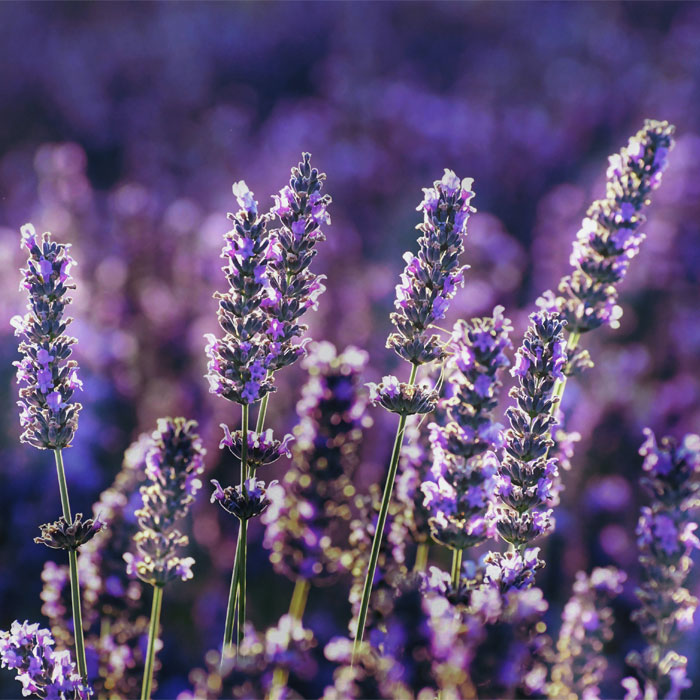
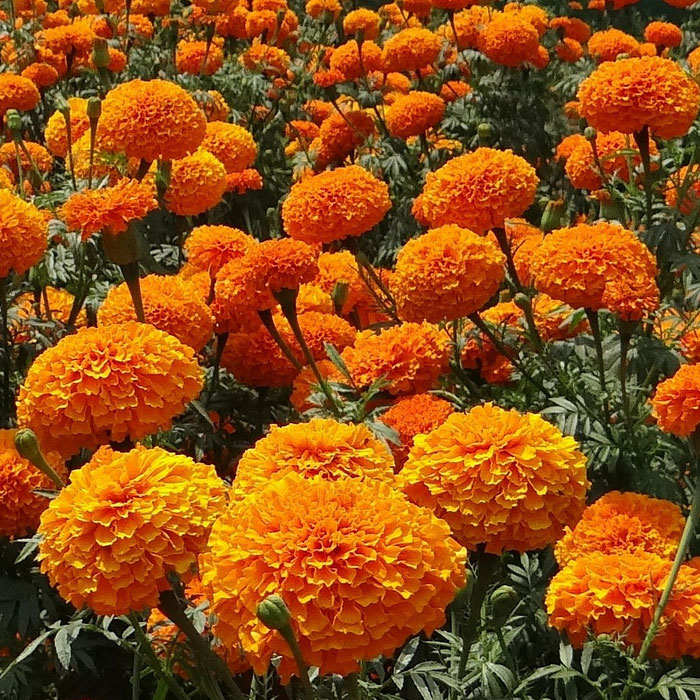
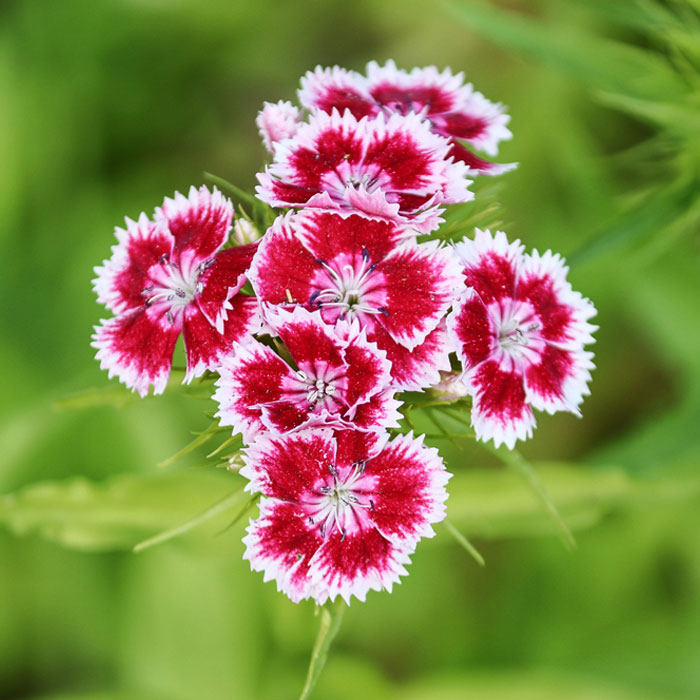
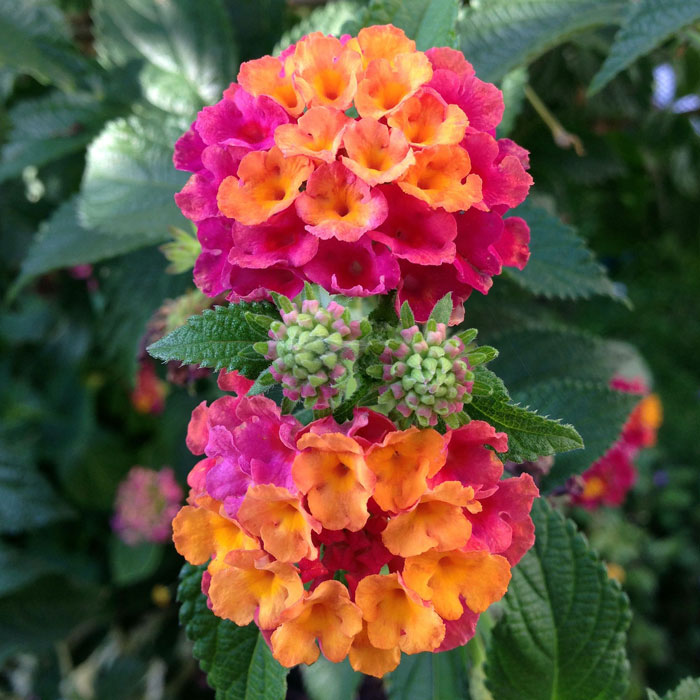
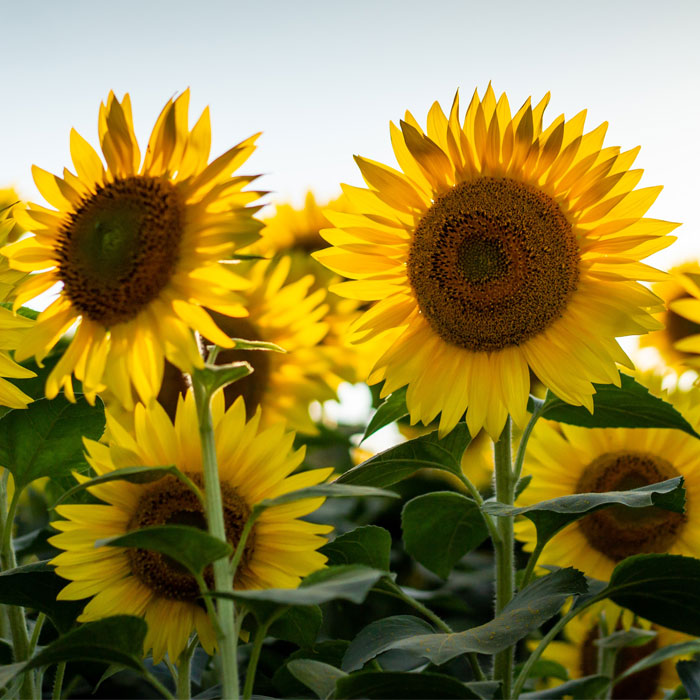




12
1